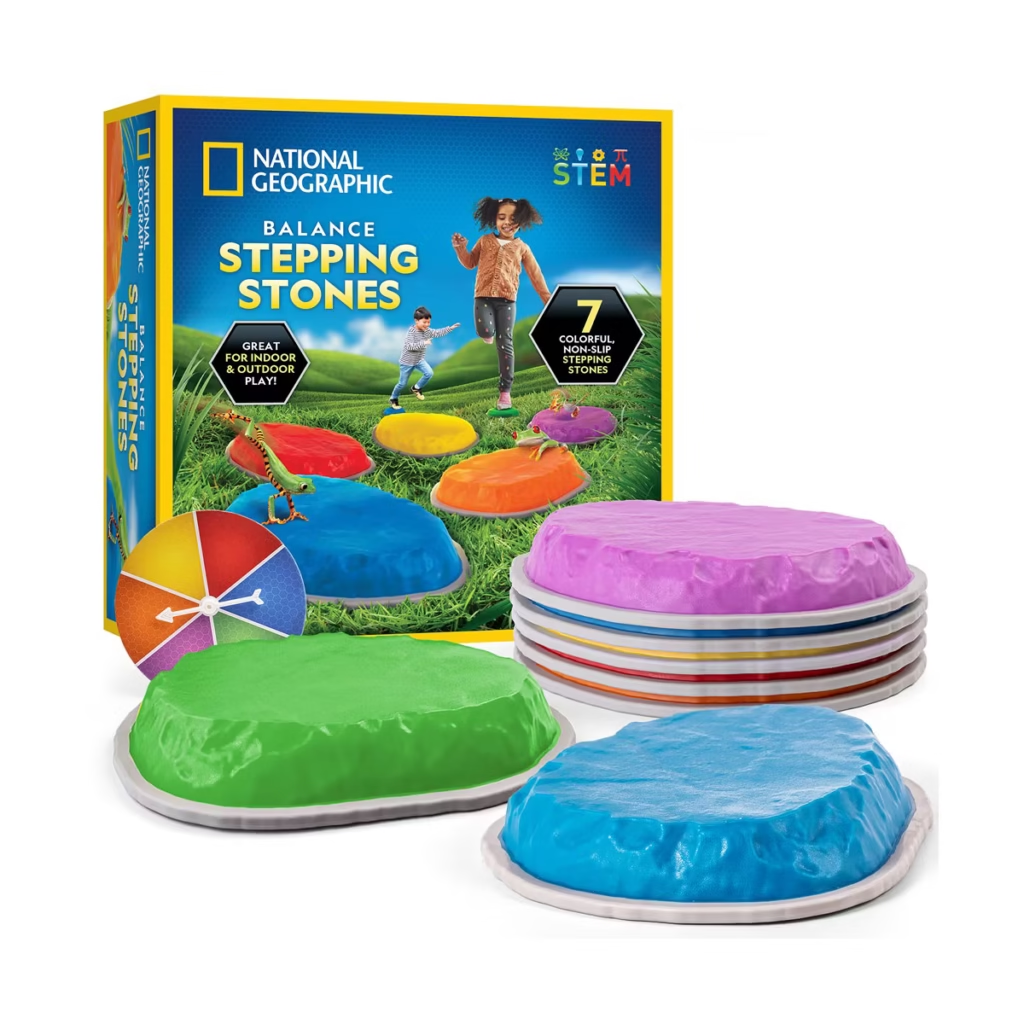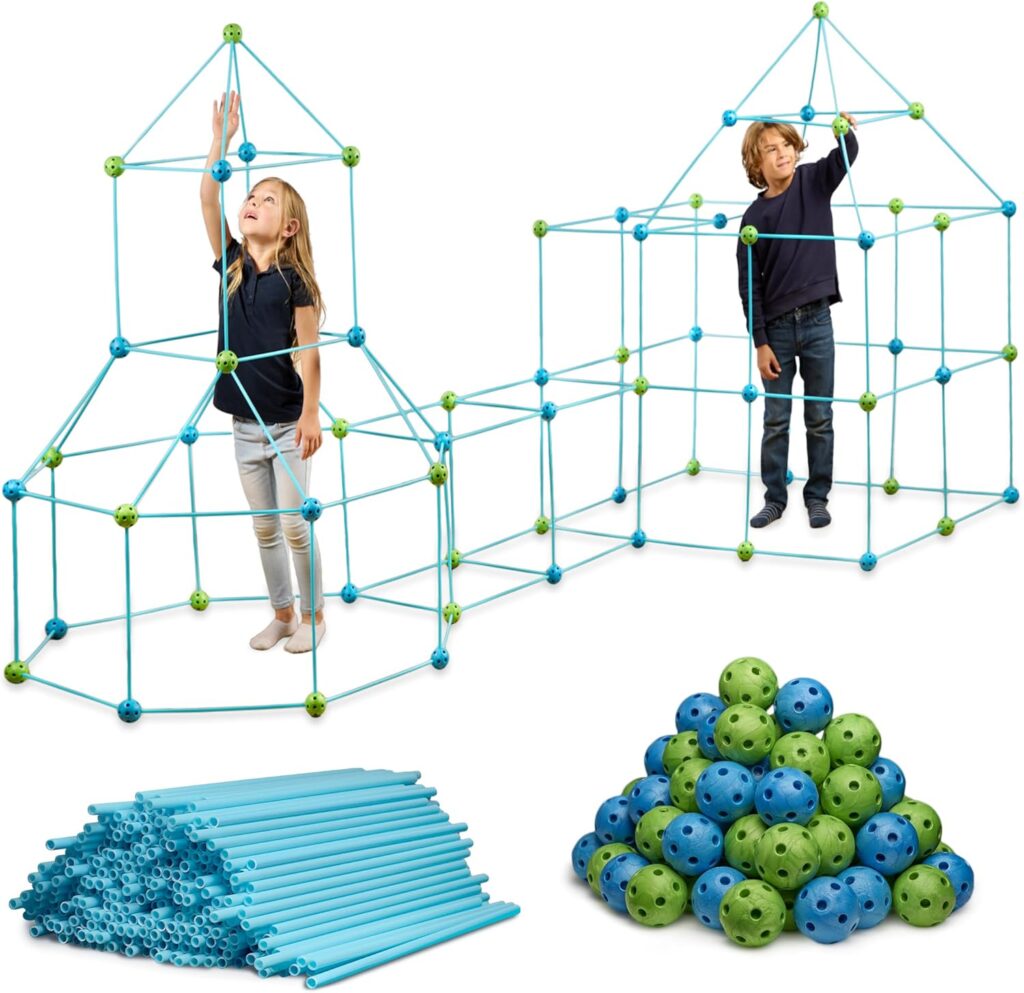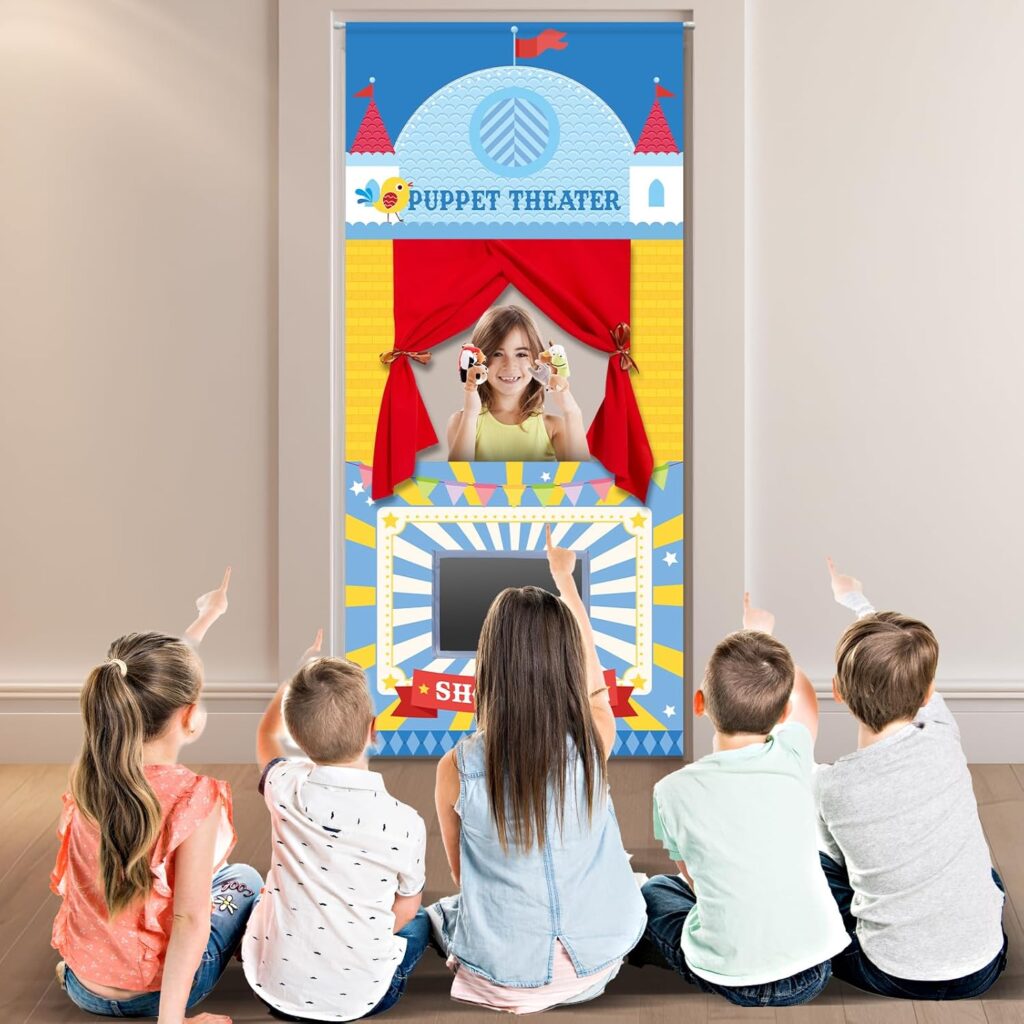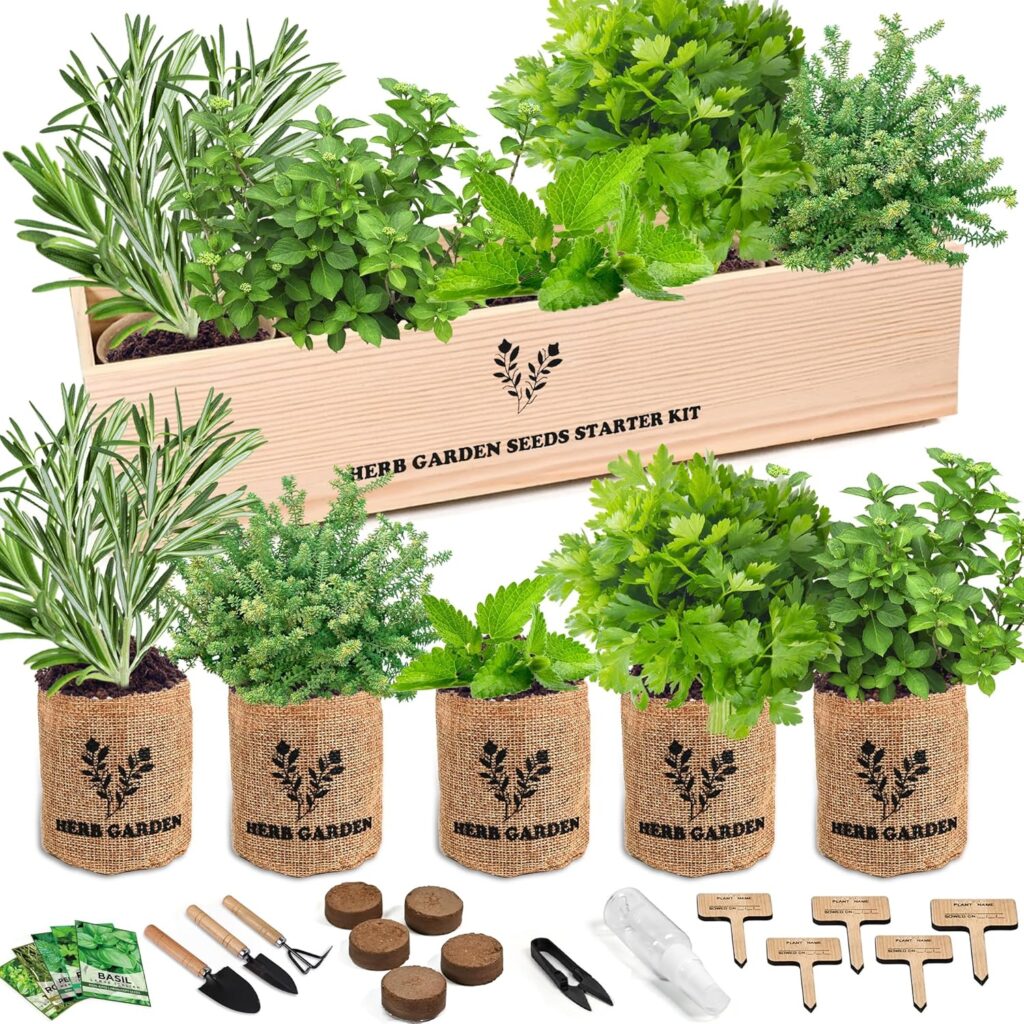Rainy days have a way of amplifying boredom, especially for kids who thrive on outdoor play. But instead of letting the gloomy weather set the tone, you can transform a rainy afternoon into an adventure filled with creativity, learning, and laughter. These ten ideas are more than just distractions—they’re ways to make memories and encourage curiosity, all from the comfort of home.
One of the best things about these activities is that they’re flexible. You can set them up with items you already have on hand, or, if you’d like to make them extra special, there are plenty of affordable tools and kits online that can help. Let’s dive into ten boredom-busting activities for rainy days, each with practical tips on how to set them up.
1. Build an Indoor Obstacle Course
Think of your living room or hallway as a blank canvas for adventure. Use couch cushions as stepping stones across an imaginary lava river, drape a blanket over two chairs to create a tunnel, and lay painter’s tape on the floor as a balance beam. For a creative twist, you can add “mission stations” where kids have to complete a task—like doing five jumping jacks, reciting a tongue twister, or solving a simple puzzle before moving on. You could also use hula hoops as hoops to crawl through or balance beanbags on their heads while walking a line. To make setup even easier, consider soft stepping stones or a foldable play tunnel. Time each run and encourage your kids to design new challenges to keep it fresh and exciting.

2. Create a Blanket Fort Reading Nook
Few things feel cozier than curling up in a fort while the rain falls outside. Build one with blankets, chairs, and pillows, then clip blankets together with clothespins to make a roof. Add battery-powered fairy lights for extra magic and throw in a plush toy or two. You can even introduce a themed story day—like pretending the fort is a spaceship or castle—where kids read or act out adventures. For convenience, a fort-building kit provides sturdy connectors and poles that make bigger or more complex forts easy to assemble.

3. Turn the Kitchen into a Science Lab
Cooking doubles as science when you frame it as an experiment. Bake bread and talk about yeast as a living organism, or make homemade rock candy to observe crystallization. For more interactive learning, try a kitchen chemistry kit that includes safe experiments and materials. Add extra layers by having kids predict outcomes or document results in a “lab notebook,” which encourages observation, measurement, and scientific thinking.

4. Organize an Indoor Scavenger Hunt
Scavenger hunts become a brain-boosting activity when you get creative with the clues. Instead of a simple list, you can write riddles or create maps that lead kids from one item to another. You could even include mini challenges at each stop, like “count the red items in this room” or “spell the name of this object backwards.” For a ready-made solution, scavenger hunt card decks provide inventive prompts and puzzles that will keep kids engaged for hours.

5. Set Up a Rainy-Day Art Studio
Invite your children to illustrate the storm outside or invent fantastical “rain creatures.” Cover your table with butcher paper to protect it, and put out paints, crayons, and markers. Encourage mixed-media art by adding buttons, fabric scraps, or even recycled cardboard. Play thematic music like classical storm pieces to inspire mood in their creations. For ongoing inspiration, an art subscription box delivers fresh projects and materials monthly.
6. Host a Family Dance Party
Clear space, play a favorite playlist, and let the kids burn off energy. Add games like freeze dance or let them choreograph their own routine. For more structure, create themed mini-challenges like “dance like an animal” or “perform a slow-motion superhero move.” To enhance the experience, you can use wireless karaoke microphones or a Bluetooth speaker with lights to make the room feel like a mini-stage.

7. Put on a Puppet Show
Puppet theater combines storytelling, art, and performance in one engaging activity for rainy day fun. Kids can create puppets in many creative ways beyond simple socks and paper bags. Felt finger puppets are particularly rewarding—cut simple animal shapes from felt and use fabric glue or hand-sewing to create durable, colorful characters, adding googly eyes, yarn for hair, and small fabric scraps for details. Transform old gardening gloves into a whole cast of characters by sewing or gluing different faces and accessories to each fingertip.
For rod puppets, cut character shapes from cardboard, decorate with markers, fabric, or construction paper, then attach to wooden dowels or paint stirring sticks for easy manipulation. Shadow puppets made from cardboard silhouettes create dramatic backlit theater behind a sheet, while marionette-style string puppets using lightweight materials like foam or felt offer more advanced puppeteering fun. If you prefer ready-made options, quality puppets are available at Target’s puppet collection, Walmart’s puppet section, The Puppet Store for professional-quality options, or local craft stores like Michaels or Hobby Lobby.
Encourage kids to write their own script or adapt a favorite story, then perform it for the family.

8. Try Indoor Gardening Experiments
You don’t need sunlight to start small plant experiments. Place a bean in a jar with a damp paper towel and watch it sprout, or regrow celery and green onions in a dish of water. Make it a multi-step project by having kids label growth stages, measure growth daily, and record observations in a mini journal. Indoor herb-growing kits simplify setup and provide herbs that can later be used in cooking, adding a real-world connection to their experiments.

9. Explore Virtual Field Trips
Rainy weather doesn’t mean you can’t explore the world. Take a virtual tour of a museum, aquarium, or zoo. Watch animals live on streaming cameras or walk through world-famous landmarks. Encourage kids to take notes or draw what they observe, turning screen time into an educational activity. For immersive exploration, consider a budget-friendly VR headset compatible with smartphones.

10. Create a DIY STEM Challenge Station
Turn a rainy afternoon into a mini-engineering lab. Gather recyclable materials—cardboard, paper cups, rubber bands, and straws—and challenge your kids to build bridges, towers, or marble mazes that can withstand weight or allow a marble to travel through. Add timed challenges, like “build the tallest tower in 10 minutes,” or introduce physics concepts such as balance and friction. Kits like STEM building blocks make it easy to add complexity while encouraging creativity, problem-solving, and critical thinking.
Rainy days don’t have to feel like wasted time. Each activity for rainy day boredom is an opportunity to encourage creativity, problem-solving, and connection. With imagination, a few helpful tools, and intentional setup, even the grayest afternoon can become a memorable adventure.
